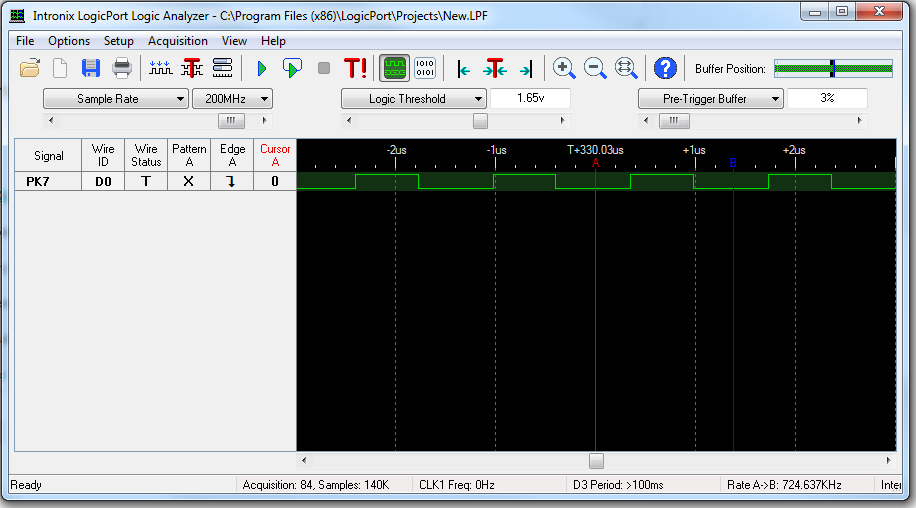I purchased a EK-TM4C129EXL board 3 days ago and have not been able to drive GPIO using the Peripheral Driver Library ONLY!
I can get the "blinky" example to drive hardware outputs to view on a scope and I understand the direct register use.
Using the GPIO Driver Library I cannot get the same hardware output to work. The Driver Library User Guide has a GPIO example which DOES NOT WORK.
Does anyone have a useful example of using Driver Library GPIO inputs and outputs and all configuration steps.?
The TivaWare examples are all over the place and are not very helpful. A simple GPIO Driver example would have been all that I needed to do this myself.


